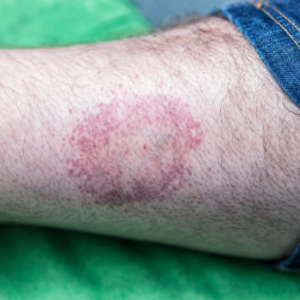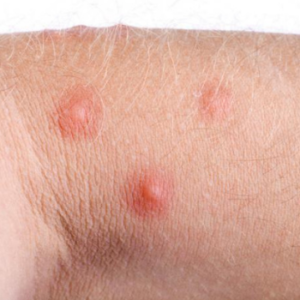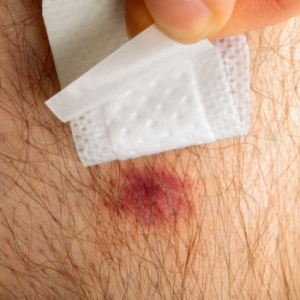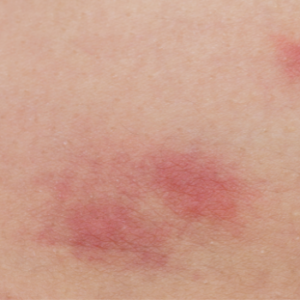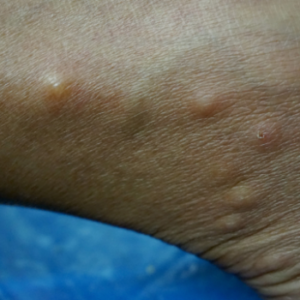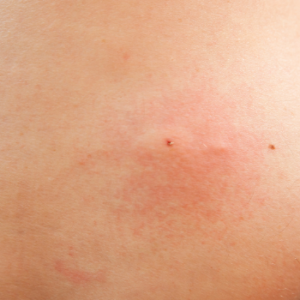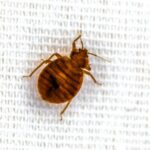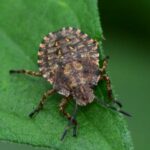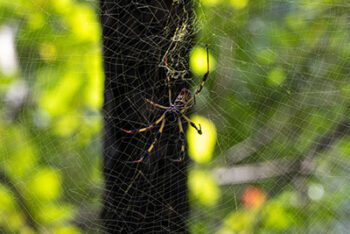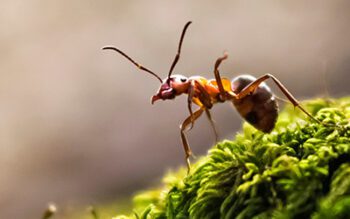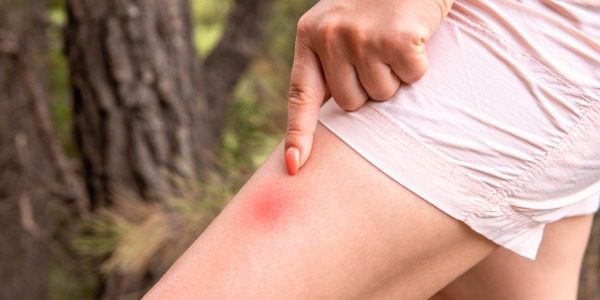
The thought of summer incites images of long days, less clothing, and more time spent frolicking outdoors. Whether it’s camping, seaside splashing, or just enjoying the greenery, the dark side of summer is bugs. Just like you have ventured to take advantage of long sunny days, so have various insects with their variety of insect bites.
It can’t be missed—that sudden sting, followed up with an investigative look just to discover a critter has stung or bitten you. More often than not, you can’t identify an insect bite unless you are lucky enough to catch the culprit in the act.
If you aren’t fast enough to catch the offender, here is your complete guide to summer insects’ bites and photos identifying them so you can be prepared. This guide includes identifying insect bites and stings, identifying the different insects, and treating insect bites and stings.
Summer Mosquito Bites 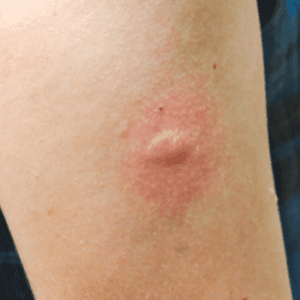
Perhaps the most notable marker that introduces summer apart from bright sunny days is mosquitoes. These annoying insects are characterized by their buzz and quick sting, which leads to a cluster of rashes and inflammation. Mosquito bites are usually harmless and itchy and go away on their own in a few days. Bites may swell due to toxins or allergic substances carried in the mosquito’s saliva. Scratching the bites can cause them to break and may lead to infection.
Mosquitos can transmit Dengue, Malaria, Yellow Fever, Chick-V, Zika Virus, and West Nile Virus.
While you can’t do anything about the ideal temperature for mosquitoes to procreate, you can take preventive measures to limit being bitten by them. Don’t keep stagnant water at home; water is a breeding ground for mosquitoes. Also, be sure to wear mosquito repellant. You can also use citronella, rosemary, and basil in their natural state, or administer them topically as essential oils to deter mosquitoes.
Summer Tick Bites 
Ticks are just as famous for transmitting diseases as mosquitos. A tick will attach itself to the warm areas of the body such as the scalp, groin, and armpits and feed on blood, passing on any illness it carries in the process, making you or your pets the perfect hosts. You can easily recognize a tick bite by a burning sensation, swelling, rash, blisters, and a single bite mark that spreads into a bullseye. Always do a thorough check after spending time outdoors.
Usually, tick bites are harmless; however, if you are bit by an infected tick, you can contract Rocky Mountain Spotted Fever or Lyme Disease. Quickly identifying the tick and removing it lessens your chances of contracting any disease, as it usually takes 24 hours for an infected tick to pass on its condition. Symptoms of a tick-borne disease typically develop within a few days to a few weeks after the bite. Symptoms include constant headache, highly inflamed rash at the bite site or full-body rash, swollen lymph nodes, fever, chills, weakness, nausea, and neck stiffness.
Here are the steps to safely remove ticks:
- Pull straight up and away from the skin, applying steady pressure. Try not to bend or twist the tick.
- Check the bite site to see if you left any of the tick’s head or mouthparts in the bite.
- Clean the bite site with water and apply an alcohol-based hand sanitizer, rubbing alcohol, or iodine.
- Once you’ve removed the tick, submerge it in rubbing alcohol to make sure it’s dead.
- See your doctor as soon as possible to determine if any treatment is necessary based on the type of tick that bit you.
Summer Ant Bites 
Fire ants are not your basic kitchen variety ants, and of all the ant bites, these are probably the worse. Fire ants sting in a little circle, and these fellows are very aggressive. A fire ant bite leaves its trademark red swollen pus-filled pimple, which is also very itchy. You don’t want to set up your summer picnic on their nest!
After ridding yourself of these ants, wash the area with soap water and apply a cold compress. Over-the-counter antihistamines and anti-itch creams will alleviate your symptoms.
Summer Spider Bites 
House spider bites are pretty common and not usually harmless. They are inflamed and itchy and go away on their own in a few days or after being treated with over-the-counter treatment. What you should look out for is a black widow spider bite. This bite is noticeable by two red puncture holes and is accompanied by nausea, increased blood pressure, and vomiting.
Another spider to be on the lookout for is the brown recluse spider. Their bite, though painless, is still severe. The bites are often red, then white, and have blisters in the shape of a bullseye, and have trademark decaying ulcers. Both require immediate medical attention.
Summer Flea Bites 
Not just a nuisance to your cats and dogs, fleas can also pester humans as well. Flea bites are tiny, red, sometimes bloody itchy bumps usually found in underarms or joint creases. The itch can be localized at first, but it can spread and worsen for those people sensitive to fleas. It is vital not to scratch flea bites as this can lead to an infection. Regular antihistamine or other topical ointments used for other insects’ bites will effectively treat flea bites. They are more common in the summer due to temperature and outdoor activites.
Summer Bed Bug Bites 
Bed bugs are minuscule parasitic creatures that feed on human blood. Bed bug bites are commonly confused with flea bites but can be differentiated by large circular bites in orderly rows. They can be more common in the summer if you take a family vacation or travel more for work.
Bed bugs bite exposed skin while you sleep, causing symptoms such as itchiness, inflammation, localized swelling, and sometimes blisters. Bed bug bites are treated with hydrocortisone or other over-the-counter antihistamines.
Summer Bee and Wasp Stings 
Another common feature of the season is wasps and bees. Wasps, the less harmful of the duo, will sting and cause raised inflamed swelling. Their honey-making counterparts, bees, have a more painful sting, with a very red bulbous swelling that can last up to 5 days. As the swelling heals, the area will itch excessively. Bees die immediately upon stinging and leave their stingers at the entry site; use a tweezer to remove the stinger and apply a topical treatment.
Bee stings can be highly fatal, and people only discover they are allergic upon being stung. If you experience swelling in your throat and trouble breathing after a bee sting, it is prudent you go to the closest emergency room immediately.
Don’t Let Summer Insect Bites “Bug” You! Call Suburban Exterminating!
The rule of thumb with insect bites is to resist the urge to scratch. Itchy as they may be, scratching insect stings or bites only worsen them and can lead to infections. Be vigilant of worsening symptoms such as fevers, chills, nausea, aches, rashes, swelling, trouble breathing, and fatigue. These could mean an infection or an adverse allergic reaction.
Never forget that you can contact Suburban Exterminating for all your pest control needs. We thoroughly terminating your current pests and safeguard your home from future invasions. Check out the pest control package we offer that can eliminate what has been buggin’ you.

